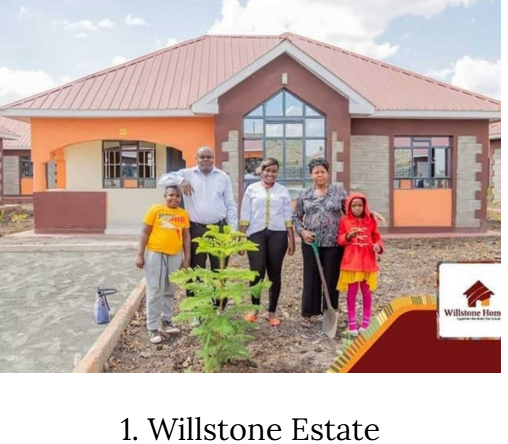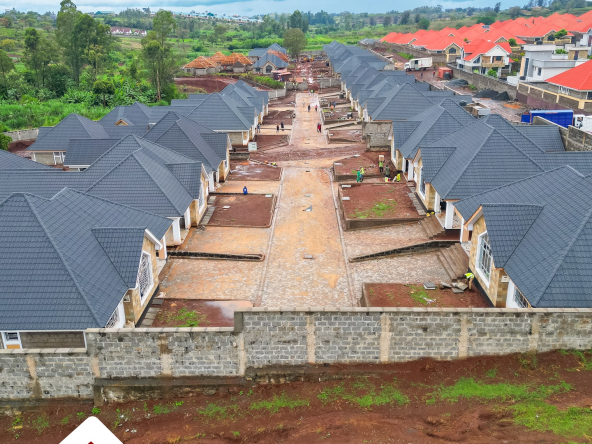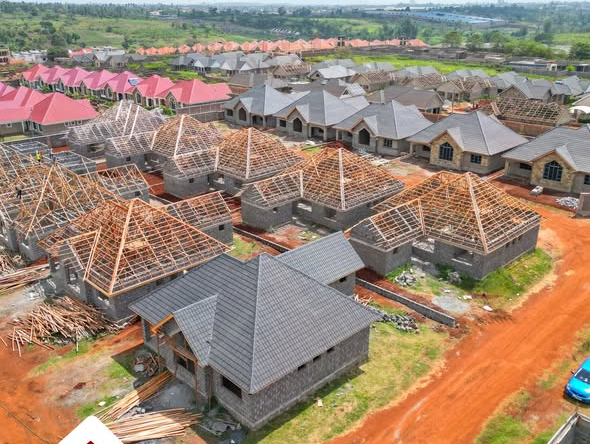Kenya’s real estate market has always been a favorite for investors, homeowners, and developers. But in today’s economy — with Nairobi property prices climbing, coastal holiday homes attracting attention, and bank lending rates hovering around 15% — many wonder: how many houses should you really own in Kenya in 2025?
Contact Us
- Park Suites, 44 Parklands Road, Ground Floor, Suite 1, Willstone Homes
- +254711082011
- [email protected]
The short answer is simple:
- For most Kenyans, one primary home plus zero to one rental property is a sustainable choice.
- For investors, developers, or institutions, owning two to five properties (or more) can make sense — but only with proper financing, management, and diversification.
Kenya’s Real Estate Market in 2025
Rising House Prices
According to HassConsult Property Index 2025, house prices in Kenya, especially in Nairobi’s prime areas, continue to appreciate steadily.
High Mortgage Rates
The Central Bank of Kenya reports average commercial lending rates of around 15%, making mortgages expensive. Any rental investment must be stress-tested against these rates to avoid negative cashflow.
Key Market Segments
- Nairobi Prime Suburbs (Kilimani, Westlands, Lavington) – High rental demand, stronger yields.
- Satellite Towns (Ruiru, Kitengela, Athi River) – Lower entry costs, solid mid-market appeal.
- Coastal Kenya (Nyali, Mombasa, Diani) – Seasonal short-term rental income, especially for holiday homes.
How to Evaluate Property Investments in Kenya
Before buying a second (or third) house, test the core economics:
- Gross Rental Yield = Annual Rent ÷ Purchase Price
- Net Rental Yield = Gross Yield − Operating Costs (~30% in Kenya)
- Mortgage Stress Test = Rent − Expenses − Mortgage Payments (use 15% interest as a base)
Real Examples: Nairobi and Mombasa (2025 Data)
| Location | Price (KES) | Avg Rent (KES) | Gross Yield | Net Yield |
|---|---|---|---|---|
| Kilimani, Nairobi | 12.5M | 100,000/month | 9.6% | 6.7% |
| Ruiru, Kiambu | 7.18M | 50,000/month | 8.4% | 5.9% |
| Nyali, Mombasa | 11.44M | 70,000/month | 7.3% | 5.1% |
👉 Insight: Nairobi prime properties outperform in yield, while Mombasa properties rely on seasonal short-term rental demand.
Why Mortgages Can Be Risky in Kenya
At a 15% interest rate, most mortgaged rental properties in Kenya are cashflow negative.
Example: Kilimani Apartment
- Rent: KES 1.2M/year
- Expenses: KES 360,000/year
- Mortgage: KES 1.6M/year
- Net Cashflow = −KES 761,000 (loss)
Unless you have access to affordable loans (<8–10%) or buy all-cash, relying on mortgages for rental property in Kenya is risky.
The Mombasa Holiday Home Strategy
Mombasa, Nyali, and Diani are hotspots for short-term rentals (STRs). Platforms like Airbnb Kenya show strong performance during peak months (December, holidays) with daily rates ranging from $50–$300.
But there are challenges:
- Occupancy is highly seasonal.
- Management costs are higher.
- Returns depend heavily on marketing and property type.
👉 Best Use Case: A coastal home works well as a personal retreat plus seasonal rental income, not as a consistent yield-driven investment.
Practical Rules of Thumb for Kenyan Property Buyers
- ✅ Always own your primary home first — stability and long-term growth.
- ✅ Limit rentals to one property unless you have cash reserves or low-cost debt.
- ✅ Don’t over-leverage — at 15% interest, most rentals lose money monthly.
- ✅ Diversify if scaling up — combine Nairobi, satellite towns, and coast.
- ✅ Stress-test investments with scenarios: full occupancy, 20% vacancy, +1% rate increase.
Action Plan: How Many Houses Should You Own?

- First-time buyers: Buy your own home before thinking about rentals.
- Homeowners with savings: Consider one rental in Nairobi prime areas (Kilimani, Westlands, Lavington) or near universities/employers.
- Lifestyle investors: A Mombasa holiday home is a great hybrid — lifestyle + seasonal income.
- High-net-worth investors: Scale into multiple properties but run it like a business with managers, diversified assets, and structured financing.
In Kenya’s 2025 property market, the smart number of houses is one primary home plus one well-chosen rental property. Beyond that, real estate ownership should be treated as a business venture with careful planning, capital, and professional management.
Whether you’re eyeing a modern apartment in Nairobi, a family home in Ruiru, or a holiday villa in Mombasa, always run the numbers first. The key to wealth in Kenyan real estate is not how many houses you own — but how sustainably you own them.




